
We already discussed a few limitations of resistance temperature detectors (RTDs); this article will explore the difference between two-wire, three-wire, and…
We already discussed a few limitations of resistance temperature detectors (RTDs); this article will explore the difference between two-wire, three-wire, and four-wire RTDs.
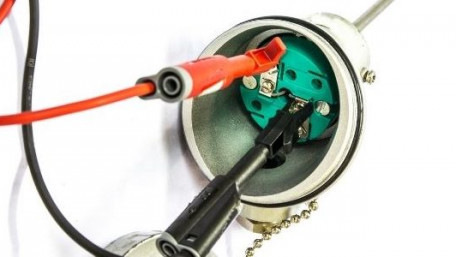
Learn how resistance temperature detectors (RTDs) work, how to calibrate one, advantages and disadvantages, and uses in industry.
Learn how resistance temperature detectors (RTDs) work, how to calibrate one, advantages and disadvantages, and uses in industry.
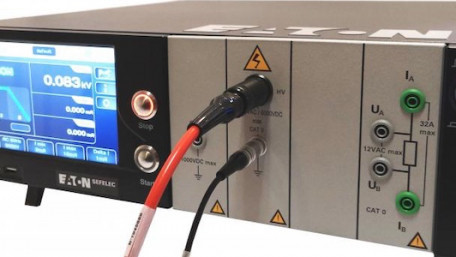
A previous article mentions various electrical units used in troubleshooting techniques. This article expands on those…
A previous article mentions various electrical units used in troubleshooting techniques. This article expands on those and discusses some additional units that engineers may need to know.
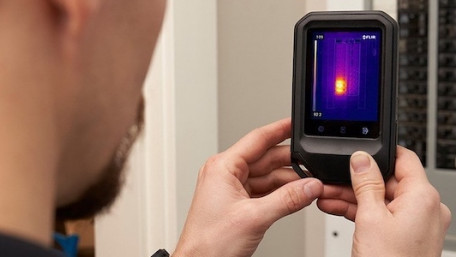
In industrial control, it is crucial to have a basic understanding of the units that define and describe the ratings of…
In industrial control, it is crucial to have a basic understanding of the units that define and describe the ratings of components.
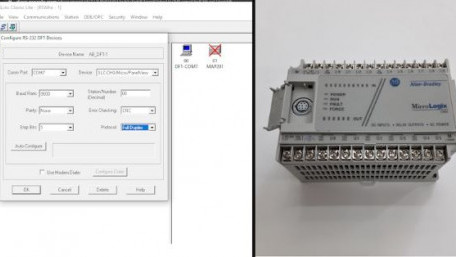
Data transmission rates are auto-negotiated in modern protocols, but for older serial connections, both devices must…
Data transmission rates are auto-negotiated in modern protocols, but for older serial connections, both devices must agree on what baud rate to use to ensure reliable communications.

Dive into why protocols are essential in industrial remote monitoring along with the most common types of open protocols…
Dive into why protocols are essential in industrial remote monitoring along with the most common types of open protocols seen in facilities.

This article in our continuing series about remote monitoring covers equipment and devices necessary to establish a…
This article in our continuing series about remote monitoring covers equipment and devices necessary to establish a remote monitoring mechanism.
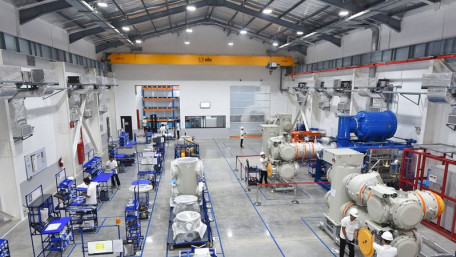
Learn about how the ground compares and contrasts with the neutral wire and why this wiring is important for safety in…
Learn about how the ground compares and contrasts with the neutral wire and why this wiring is important for safety in control cabinets and other wiring needs in an industrial facility.
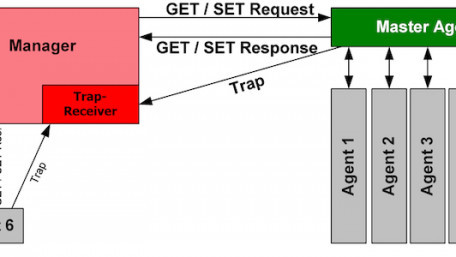
This article discusses common implementations of UPS in control systems and important design considerations.
This article discusses common implementations of UPS in control systems and important design considerations.
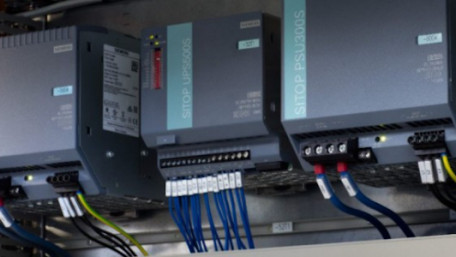
Learn about some common implementation strategies of UPS in control systems and important design considerations.
Learn about some common implementation strategies of UPS in control systems and important design considerations.
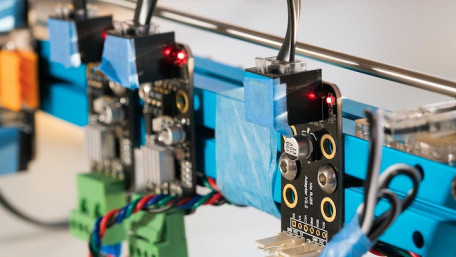
Of all types of three-phase motors, the twelve-wire motor provides the most options for connecting based on voltage and…
Of all types of three-phase motors, the twelve-wire motor provides the most options for connecting based on voltage and system configuration (wye or delta). Learn the details and wiring options of these versatile motors.
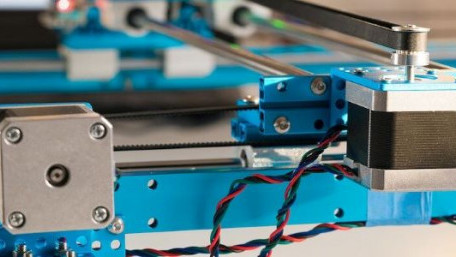
Three-phase motors with three or six wires have limited options for wiring, but are easier to use and have important…
Three-phase motors with three or six wires have limited options for wiring, but are easier to use and have important roles to play. Learn the difference between three- and six-wire three-phase motors for low and high voltage applications.
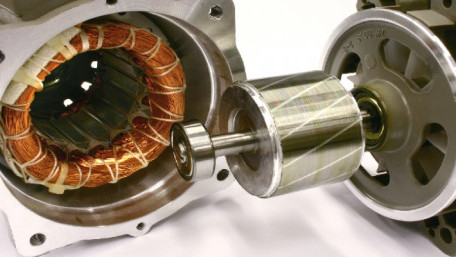
In this article, learn the differences between single- and three-phase motors, including how each one works and…
In this article, learn the differences between single- and three-phase motors, including how each one works and applications best suited for each type.
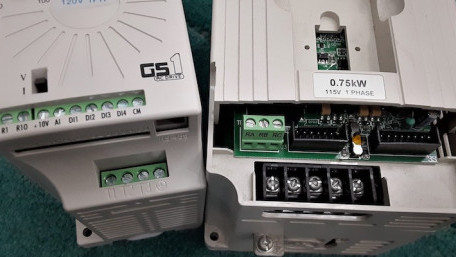
To increase the flexibility of a motor control system, a variable frequency drive (VFD) is a common device that solves…
To increase the flexibility of a motor control system, a variable frequency drive (VFD) is a common device that solves many motor control problems. In this article, learn how to control manual input of VFDs.
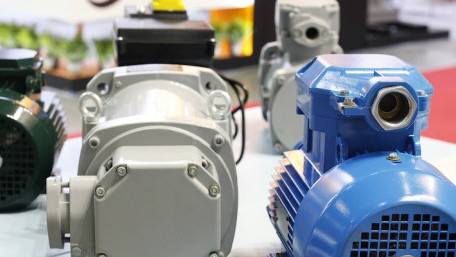
This article looks at some common windings and wirings for three-phase motors, including internal Wye windings and low…
This article looks at some common windings and wirings for three-phase motors, including internal Wye windings and low and high voltage wirings.
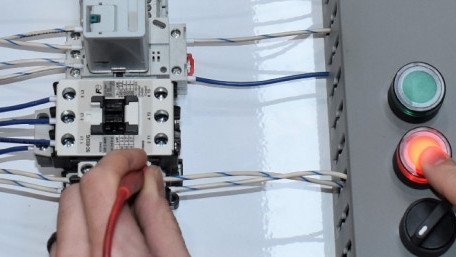
This article looks at a few of the more advanced motor control circuits for a three-phase motor.
This article looks at a few of the more advanced motor control circuits for a three-phase motor.
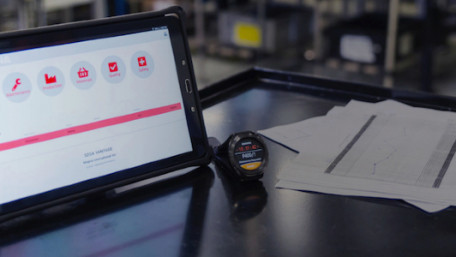
As electronics become smaller and more energy-efficient, wearables are getting more attention in manufacturing. Learn…
As electronics become smaller and more energy-efficient, wearables are getting more attention in manufacturing. Learn about some of the research involved in developing these wearables.
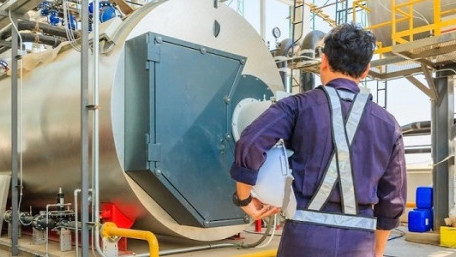
This article looks at the safety systems included in boilers to alert malfunctions and prevent damage when issues arise.…
This article looks at the safety systems included in boilers to alert malfunctions and prevent damage when issues arise. Learn about the safety systems and the ISO standard used to keep boilers running smoothly.
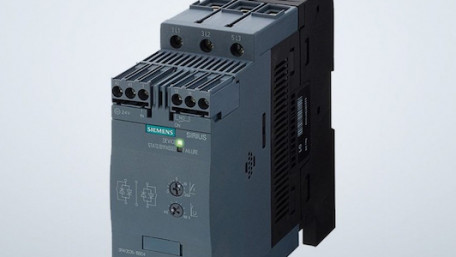
The following will examine how to reduce the wear on motors during startup and compare soft starters and variable…
The following will examine how to reduce the wear on motors during startup and compare soft starters and variable frequency drives (VFDs).
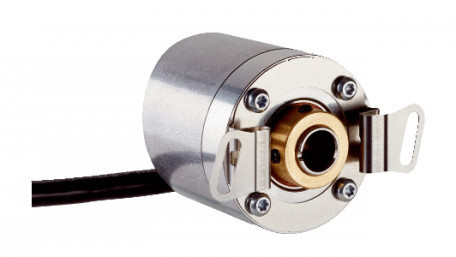
This article discusses how to use sensors with open collector outputs and learning some of the module connections involved.
This article discusses how to use sensors with open collector outputs and learning some of the module connections involved.
